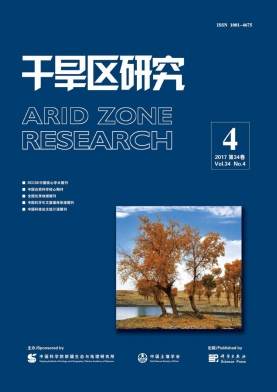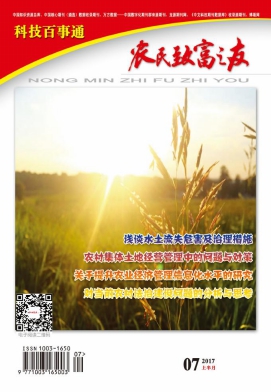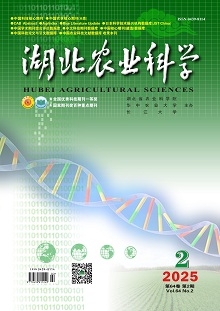作 者:
赵景波;岳应利;张晓龙;刘晓琼;郝玉芬;童心刚;李广文
单 位:
陕西师范大学地理系;陕西师范大学物理与信息技术学院
关键词:
西安南郊;土壤;CO2;释放规律;控制因素
摘 要:
根据NaOH溶液吸收CO2 的原理 ,对西安南郊土壤CO2 释放量进行观测 ,并探讨了土壤CO2 释放量的变化规律及其影响因素。资料表明 ,温度升高 ,土壤CO2 释放量增大 ;夏季早晚期土壤CO2 排放量较低 ,夏季中期的月份CO2 排放量较高 ;农田玉米地CO2 排放量较低 ,草地和林地CO2 排放量较大 ;与春秋季相比 ,夏季土壤CO2 排放量较大 ;CO2 排放量在一昼夜内具明显的变化规律性 ,这种规律主要是受温度变化控制的。CO2 排放量变化显示 ,深厚黄土层中土壤微生物夜间活动强度大于白天。
译 名:
Study on the Change of Amount of CO_2 Released from Soils in the Southern Suburbs of Xi'an in Summer
作 者:
Zhao Jingbo 1,2 Yue Yingli 3 Zhang Xiaolong 1 Liu Xiaoqiong 1 Hao Yufen 1 Tong Xingang 1 Li Guangwen 1 (1. Department of Geography, Shaaxi Normal University, Xi'an 710062, China; 2. State Key Laboratory of Loess and Quaternary Geology, Institute of Earth Environment, Chinese Academy of Sciences, Xi'an 710075, China; 3. College of Physics and Information Technology, Shaaxi Normal University, Xi'an 710062, China)
关键词:
southern suburbs of Xi'an; CO 2 released from soil; influence factor
摘 要:
Along with the rapid industrial development, the content of greenhouse gases, such as CO 2, CH 4, H 2 and CFC s, is continuously increased, and the greenhouse effect is expedited. Thus, global climate change occurs, under which the climate over the Qinling and the Loess Plateau changes in a warming drying trend, and the amount of CO 2 released from soils may be increased. In this paper, the amount of CO 2 released from soils in the southern suburbs of Xi'an is observed based on the principle that NaOH solution absorbs CO 2, the change laws and the influence factors of the amount of released CO 2 are researched. The data show that the amount of released CO 2 is increased with the increase of temperature. The amount of released CO 2 is low in early and latter summer but high in midsummer; itis low in cornfields but high in grasslands and forests. The amount of CO 2 released in summer is higher than that in spring and autumn. The daily amount of released CO 2 changes regularly because it is mainly controlled by temperature change. The change of the amount of released CO 2 reveals that the active intensity of microbes in thick loess layer is higher in daytime than that at night.






